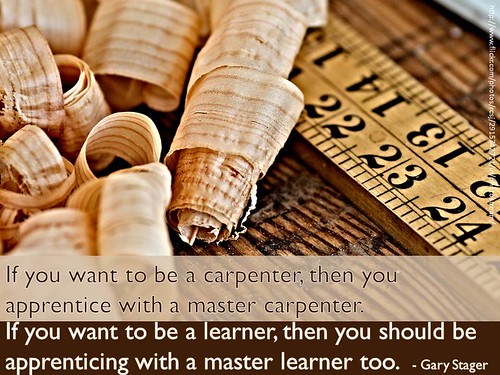As I believe educators should have some understanding of what is happening in the world of business, I spend a lot of my time checking out “non-educational” sites that share a lot of what is happening in the world and helps me to continuously look at developing the work I do. A few of the sites that I am going to share today may give you ideas for things that you will be able to do in your classroom. They may not be focused on education, but they can easily be transferred to the focus of learning.
1. The Rise of the Startup Video – I recently fell upon the Simply Zesty site and some of the links are simply for a good laugh, while some of the links really push some of the ideas of what we could be doing in the classroom. The video for “Dollar Shave Club” is quite humorous (all expletives are censored) and actually took a very simple idea, and with strong marketing, received 17,000 subscribers to the service.
One recipe includes humor, web marketing, a borrowed business model, and a heaping dose of creativity. DollarShaveClub.comlaunched last week, and in their first seven days they snagged over 17,000 paid subscribers. Their hilarious marketing video–produced for under $4,500–has been now seen by over 3 million people. (Fast Company)
Is this the type of activity we could be doing with our students? It would be great to have them not only come up with a product, but also develop the advertising to support it. Would this company have achieved the same results without the hilarity of the video and the immediate viral sharing that followed? I doubt it. There are some great skills in communication and entrepreneurialism that could be taught here.
2. Google Reader Bundle of ‘Photo Blogs’ – I am becoming more enamoured with photography blogs (I found some great ones from Tia Henriksen’s Blog) and I wanted to share a bundle of ones that I look at. Visual representation and curation is becoming something more prominent on the web and I think there is some great learning for photographers, both new and old, from these sites, but also a lot of learning that can come from these types of blogs. They not only share visuals, but some of them actually review cameras, iPhone photography sites, while also creating categories for photos to be shared. If you have any interest, please feel free to subscribe to the blog.
3. Major League Baseball Releases It’s Social Media Policy– As tweeting and Facebook become more of the mainstream consciousness, it is interesting to see how different leagues have reacted to both appropriate and inappropriate messaging done by their employees. Major League Baseball, understanding the power that social media has for fans to connect with seemingly untouchable players, braces a more open vision for their players:
While having a Social Media policy is important to protecting the interests of everyone involved in promoting the game, we hope that you will not view this policy as a blanket deterrent to engaging in social media. MLB recognizes the importance of social media as an important way for players to communicate directly with fans. We encourage you to connect with fans through Twitter, Facebook, and other social media platforms. Along with MLB’s extensive social media activities, we hope that your efforts on social media will help bring fans closer to the game and have them engaged with baseball, your club and you in a meaningful way.
The article then goes onto list ten prohibitions for their players:
- Players can’t make what can be construed as official club or league statements without permission;
- Players can’t use copyrighted team logos and stuff without permission or tweet confidential or private information about teams or players, their families, etc.;
- Players can’t link to any MLB website or platform from social media without permission;
- No tweets condoning or appearing to condone the use of substances on the MLB banned drug list (which is everything but booze, right?);
- No ripping umpires or questioning their integrity;
- No racial, sexist, homophobic, anti-religious, etc. etc. content;
- No harassment or threats of violence;
- Nothing sexually explicit;
- Nothing otherwise illegal.
Seems pretty simple and straightforward. Do schools have to go much further with their social media policies? Thoughts? Have a great week of learning with our students!

cc licensed ( BY NC SD ) flickr photo shared by Clint Hamada